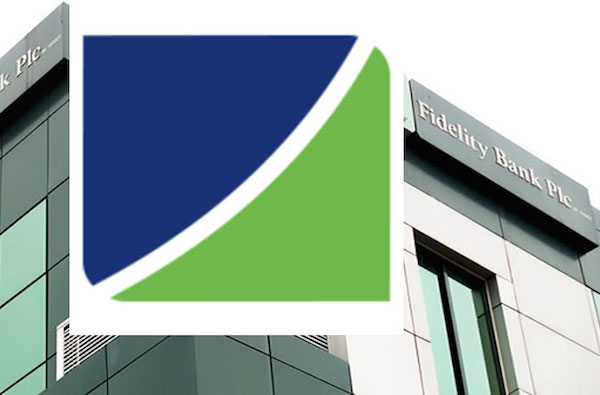Fidelity Bank: Bad Loans Jump In Q2
Fidelity Bank Plc may record the biggest credit loss expenses since 2012 at the growth rate seen at the end of half-year operations. The bank’s audited accounts for the half-year ended June 2020 shows that the key factor that undermined profit capacity in the first quarter – credit loss expenses intensified in the second quarter.
Loan impairment expenses multiplied more than three and half times from N2.1 billion at the end of the first quarter to N7.8 billion at half-year. This is against a net write-back of more than N5 billion for the same period in 2019. The write-back was the critical force in the bank’s operations in 2019 that enabled profit improvement for the third straight year.
Two favourable developments however happened in the second quarter that gave the bank a new strength in operations. The first is an accelerated drop in interest expenses from 15 percent in the first quarter to close to 20 percent at half-year. This is against an increase of close to 15 percent in customer deposits to N1.4 trillion over the six months of the year.
Cost-saving from the drop in interest expenses lifted net interest income by nearly 31 percent – the highest growth in net interest income since 2016. This remains an optimised strength for the bank in extracting an improved margin of non-growing interest earnings into operating profit.
The second favourable event in the second quarter is a turnaround in non-interest earnings from a drop of 19 percent in the first quarter to a towering growth 60 percent year-on-year at the end of half-year.
This was the critical point on which we hanged a ‘watch’ flag at the end of the first quarter – “whether the declining non-interest income could make a rebound – which would quicken revenue performance and strengthen profit capacity”.
The boost came from unexpected places – net gains from financial assets, which advanced from insignificance in the same period last year to almost N3 billion at half year and other operating income, which rose by more than 80 percent to N8.6 billion over the same period.
The upsurge in credit loss expenses consumed more than all the cost saved from the drop in interest expenses and caused a drop of 4 percent in net interest income after loan impairment expenses to N40.5 billion at half-year. The upturn in non-interest revenue however boosted the bottom line in the second quarter.
Fidelity Bank changed its position from a profit decline in the first quarter to a 33 percent profit lifting at half-year. Its management succeeded in finding the strength for another year of profit improvement that was missing in the first quarter.
The bank reported gross earnings of slightly over N105.7 billion at the end of half-year operations, which is a slowdown from a 5.6 percent improvement in the first quarter to 2 percent. The weakness came from interest income, which decelerated sharply from 11 percent at the end of March to 2 percent at the end of June 2020.
Non-interest income, which was the drag on revenue performance in the first quarter, came alive in the second quarter. It multiplied three times from about N7 billion in the first quarter to over N21 billion at half-year.
The inability to grow the main revenue lines is keeping gross earnings on the slow lane this year. The bank’s records show alternating steps up and down on revenue performance. Last year, gross income grew by 12 percent to over N211 billion. This year so far points to a downward turn on revenue performance.
The downturn in interest earnings in the second quarter appears to reflect the high rise in bad loans and loan impairment charges. Lending to customers maintained a cautious growth at 7 percent to N1.2 trillion compared to a top record expansion of close to 33 percent in 2019. The investment portfolio was also flat at N314 billion at half year.
Fidelity Bank’s half-year report shows an after-tax profit of over N11 billion, which is a rebound from a decline of 1.3 percent in the first quarter to an increase of 33 percent year-on-year at the end of June 2020. This has repositioned the bank on the path of profit improvements for the fourth year running.
Cost-saving from credit loss expenses that boosted profit performance in the preceding three years is expected to close on the reverse movement this year. The new profit drivers for the year are dropping interest costs and growing non-interest income.
The profit margin is further constrained at half-year, declining from 11.4 percent at the end of the first quarter to 10.7 percent at half-year. The bank has maintained a shift from improving revenue with improving profit margin that was its strength in 2019 to decelerating revenue and declining profit margin in the first half of the current year.

The bank closed the half-year operations in June 2020 with earnings per share of 39 kobo, up from 29 kobo per share in the same period last year.
The outlook for the bank for the second half of the year remains constrained by the rapidly rising net credit loss expenses. This is against slowing revenue growth, leading to squeezing of margins. What happens to the bottom line will continue to hang around how much cost savings may come from dropping interest expenses.


Comments are closed.